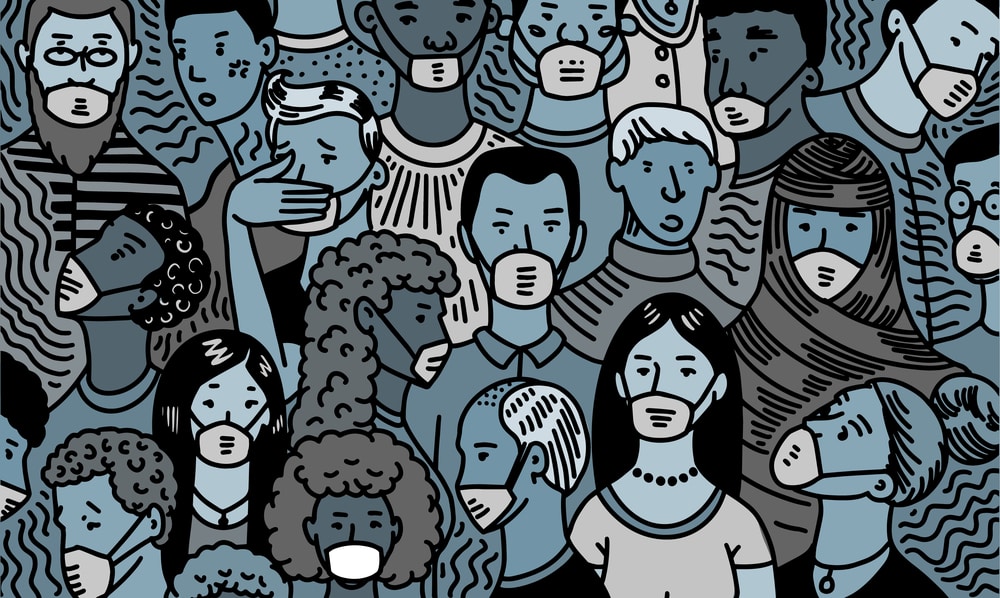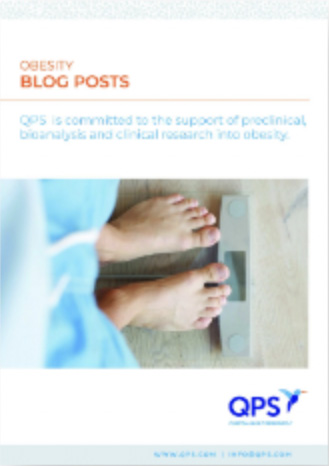You wake up with a congested nose, an annoying cough, and body aches. You’re fully vaccinated against COVID-19 – and yet, you can’t help but panic. “Oh, no,” you think. “It’s COVID.” But the statistics show that breakthrough COVID infections are uncommon. The most realistic outcome? You have the common cold. Like COVID-19, the common cold is caused by a virus. But while these viruses spread in similar ways and share many symptoms, there is a big difference between the two. Read on to find out more about the differences between the common cold vs. COVID-19, as well as how to protect yourself against both viruses.
Symptoms of the Common Cold
The common cold is caused by a subset of viruses known as rhinoviruses. These viruses create an infection of the upper respiratory tract, affecting your nose and throat. Even healthy adults can fall prey to a few colds a year, particularly during cold and flu season. Per the Mayo Clinic, signs and symptoms of the common cold typically include the following:
- Runny or stuffy nose
- Sneezing
- Sore throat
- Cough
- Slight body aches
- Headache
- Low-grade fever
These symptoms typically appear one to three days after exposure to a rhinovirus. Most people recover from a common cold in a few days, although some colds may last as long as two or three weeks. Overall, you know your body best. If symptoms don’t improve or you start to feel worse, see your doctor.
Symptoms of COVID-19
Many cold and COVID-19 symptoms overlap, which can be alarming for patients. The Mayo Clinic explains that, like the common cold, COVID-19 can also cause fever, runny nose, sore throat, coughing, fatigue, and body aches. However, many COVID-19 patients also experience the loss of taste or smell, a symptom not often associated with the common cold. Like the common cold, COVID-19 symptoms may last up to 10 days; however, COVID-19 symptoms can appear as late as 14 days after exposure. Unlike the common cold, COVID-19 can lead to severe complications, especially in individuals with certain health conditions. If you’re concerned that you may have COVID-19, contact your doctor immediately. Individuals worried about COVID-19 symptoms should also wear approved face coverings in public and follow CDC guidelines for self-isolation to prevent spreading the virus.
Prevalence of Summer Colds
Cold and flu season may still be a few months away; however, doctors are seeing more and more instances of the common cold this summer. “We’ve seen a very unseasonal rebound of these infections,” Dr. Andrew Preston, professor of microbial pathogenicity at the University of Bath, told USA Today. “It appears all the isolation that people have gone through has interfered with the seasonality of these infections.” Essentially, as social distancing and masking precautions continue to ease around the world, individuals may experience a higher rate of exposure to rhinoviruses. After a year of isolation, individual immune systems may be a bit more susceptible to these viruses. That, combined with a higher symptom reporting rate as individuals express COVID-19 concerns, could account for the increased prevalence of summer colds.
Protecting Yourself from the Common Cold and COVID-19
While the common cold may not be dangerous, it can certainly put a big dent in your routine. To protect yourself from the common cold and COVID-19, experts recommend continuing to follow good hand-washing hygiene, including carrying hand sanitizer in public spaces. Experts also recommend continuing to wear protective masks in certain areas. Additionally, you can protect others by staying home if you feel unwell and consulting your doctor if your condition worsens. Unfortunately, there is no vaccine for the common cold; however, the vaccines produced by Pfizer and Moderna were around 95 percent effective at preventing COVID-19. While breakthrough COVID-19 infections are possible, they are rare, making the COVID-19 vaccine one of our best lines of defense against the virus at this time.
_____
There are several differences between the common cold vs. COVID-19, the most significant being COVID-19’s potentially deadly effects. Fortunately, as public awareness continues to evolve and improve, individuals have increased access to a wide range of methods to safeguard against both COVID-19 and the common cold.
Did you enjoy this blog post? Check out our other blog posts as well as related topics on our Webinar page.
Since 1995, QPS has provided discovery, preclinical, and clinical drug development services. An award-winning leader focused on bioanalytics and clinical trials, QPS is known for proven quality standards. QPS also offers technical expertise, a flexible approach to research, client satisfaction, and turnkey laboratories and facilities. For more information, visit www.qps.com/coronavirus or email covid19study@www.qps.com.








